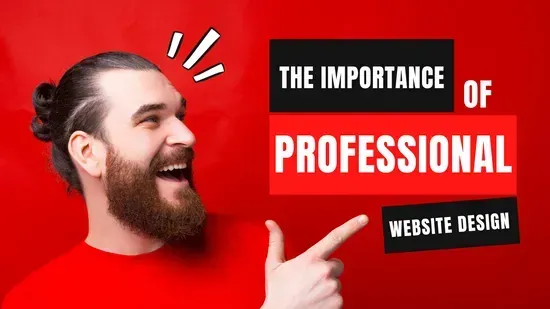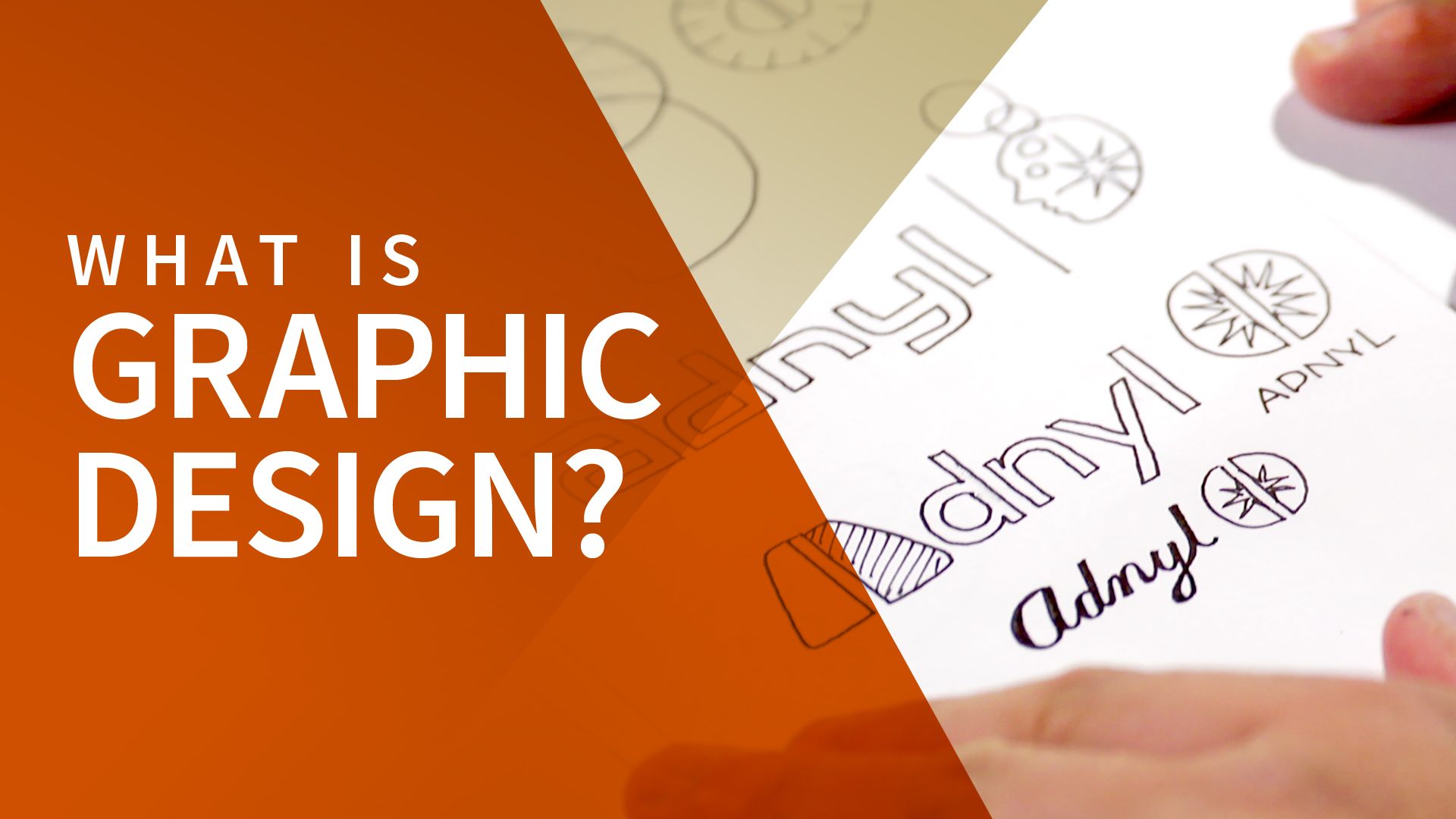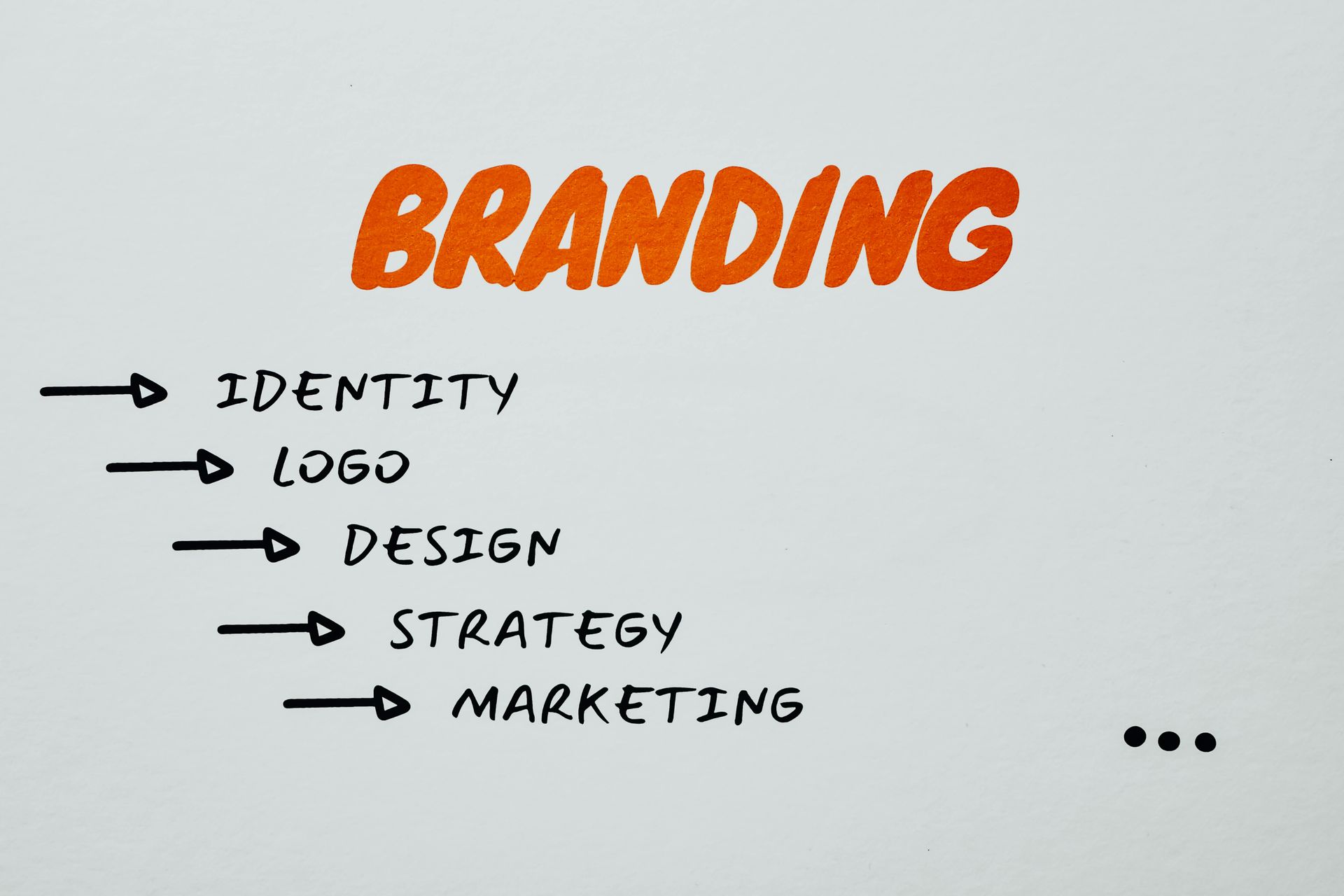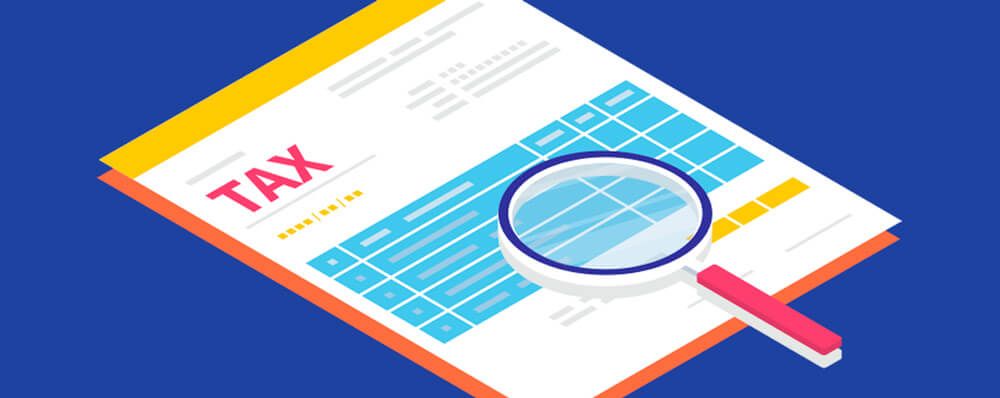Interview with Simon Guy: Web Developer
Transcript:
Emma:
Hi, my name is Emma, and I'm from Aitken Design, and today I'm joined by our web developer Simon, who is going to be answering some questions and just talking about the importance of having a website for your business. So jump ahead to the first question.
Why is it important to have a website for your business?
Simon:
Well, I think number one, it's expected, isn't it, you know, if you're going to. Don't do business with someone or find out about an organization, then you're going to look them up. You're going to try and
find out what they're about. That's usually your first port of call. If they're not actually existing, then it seems like, are they credible or whatever? Also, I think it's a chance to stand out, not just to be another X, Y and Z, but really make your mark and give more space to sort of explain what you're doing, why
you exist, what you're all about, you know?
Emma:
But do you think it's vital to have a website if you have business Facebook page or LinkedIn?
Simon:
Well, yeah, I mean, first of all, those are specific socials, so not everyone is on all of them. You're kind of cutting off other socials if you're just existing on particular ones. But, you know, more broadly, there's there's much better control creatively over what you can do in terms of the website. You know, Facebook or Instagram or whatever.
There's a certain amount you can do in your post, but in terms of your profile, you're actually kind of constrained within the design of that particular platform. Also, in terms of the search, you know, that Facebook algorithm especially is very limited and you can you can kind of be invisible. So there's much more ability to shape what happens in terms of people searching for you.
Emma:
Yeah. So I guess, like you say, it's I mean, the main reason for having a website is obviously to try and bring in potential customers and get your business seen. So I think people hear a lot about having an SEO friendly website helps to drive and web traffic. But what exactly does that mean?
Simon:
Yeah. I mean, search engine optimization is a kind of buzzword, isn't it? Essentially, it's about organic search results compared to like pay search advertising things.
Generally, people talk about it in terms of Google, obviously that the dominant one but you know, you also have to take into account Microsoft being and things. I mean, that's what seven percent of the market or something. But, you know, think in terms of keywords. What people are searching for and how it relates to your site and also backlinks. That's a critical thing is that the search engines look at how credible you are based on who links to you and how trustworthy that domain is that links to you. So there's quite a lot of work to do in terms of boosting that.
Emma:
So is there any advice on how you can get a good SEO?
Simon:
Well, you know, focusing on those things, I mean, I think it is really long term strategic approach and you have to have some sort of analysis of it and you have to work at it and have some sort of strategy, you know, organic search beats, page search every time. I mean, you know, you'll know when you look through a Google call list. I don't know if you're like me, but you sort of sift through the adverts at the top and get to what you sort of think is the ones that have real value. But yeah, it is. It's a real. It's it's a very noisy place, the internet, isn't it? So you have to be aware that there's lots of lots of sites that don't have any any traffic from Google, 90 per cent of sites or something so it really has to be a consistent strategy to build that up involving both the backlinks, but also making sure that the content is regular and is targeted at what you want people what you think people are searching for that you
have something to say about that. That's reflected both on your page but also in the background of the site.
Emma:
Yeah, I mean, I know when I'm looking for a web site as well, like you always say on page one, you never, never tend to really go into Page two. So I guess obviously keeping yourself on page one is important. But yes, I know that we are. We're also Google partner and we are a reseller of Google Workspace. But what is the advantages of using Google Workspace?
Simon:
Well, they you know, firstly then you can get a professional email address, so rather than, you know, someone that designs something at gmail.com, for instance, or Hotmail or whatever, then you can have at your domain. So that's an easy way to do that. Also, if you're a part of a bigger
team, then it's really good for just sort of sharing across the different apps, different, you know, be working on a document together collaboratively. All those sort of features of the Google apps that everyone uses or, you know, lots of people do. They have extra features within that because you've got Google Workspace account. So collaboration, extra features
and, you know, the professional email address of the main things.
Emma:
Yeah, I mean, I know it's been handy for us. So when you're creating websites, what hosting platform is that you use?
Simon:
So we we host everything ultimately on Amazon Web Services. They've got 200 different cloud products and services. They actually have a third of the cloud market or something twice that of the next competitor. And it's kind of pay per usage. So it's not like, you know, you're taking out a load of space that you're not going to use, which is especially true if you've got service in your own company, building or whatever. The flip side of that is that all of a sudden you need extra storage space. Then you've got it. It's distributed around the world. Right.
Emma:
And lastly, I think I just wanted to ask, like, why would you say people should invest and get in a professional website rather than using a website builder like Wix?
Simon:
Well, I mean, you know, I think firstly, there's a question of people just, you know, being so overwhelmed by the ridiculous amount of information there is on the internet that they have a very strong filter. So I think it's something like 50 milliseconds is what it takes people to make a decision on whether they're going to continue looking at a website. So you really the design is critical just before they've even started reading the content, and you might have the
best text on it, but actually the layout and the images as well. But all of that is going to make a big difference to whether they stay on your site or not, and certainly whether they then progressed to delving deeper and exploring more of what you're about and even getting in touch with, you know? and then, you know, there's a lot, there's a lot goes into it. You know, you can spend an enormous amount of time on designs, but you know, things like alignment, things like contrast. These are all things that on the surface, you think, well, you know,
I can do that. I can put things in a line but actually, it's just really a lot of experience to get things that both look good in a kind of organic way, but also stand out and and communicate what needs to be said and prioritize the information so that people actually want to find out more. So, yeah, I mean, why waste money on hosting websites that aren't going to be seen? I mean, or just going to sort of sit there because they're not that exciting. So.
Emma:
Yeah, yeah, exactly. I mean, I suppose if you're wanting to try and attract business and then you're ready to put the money into trying to bring that traffic in rather than just spending some money, that's just going to end up being a waste. I know I would definitely need help if I was ever creating a website. Yes, I think that was the last of my question. So thank you for taking the time to do this and thank you to everybody for watching.











